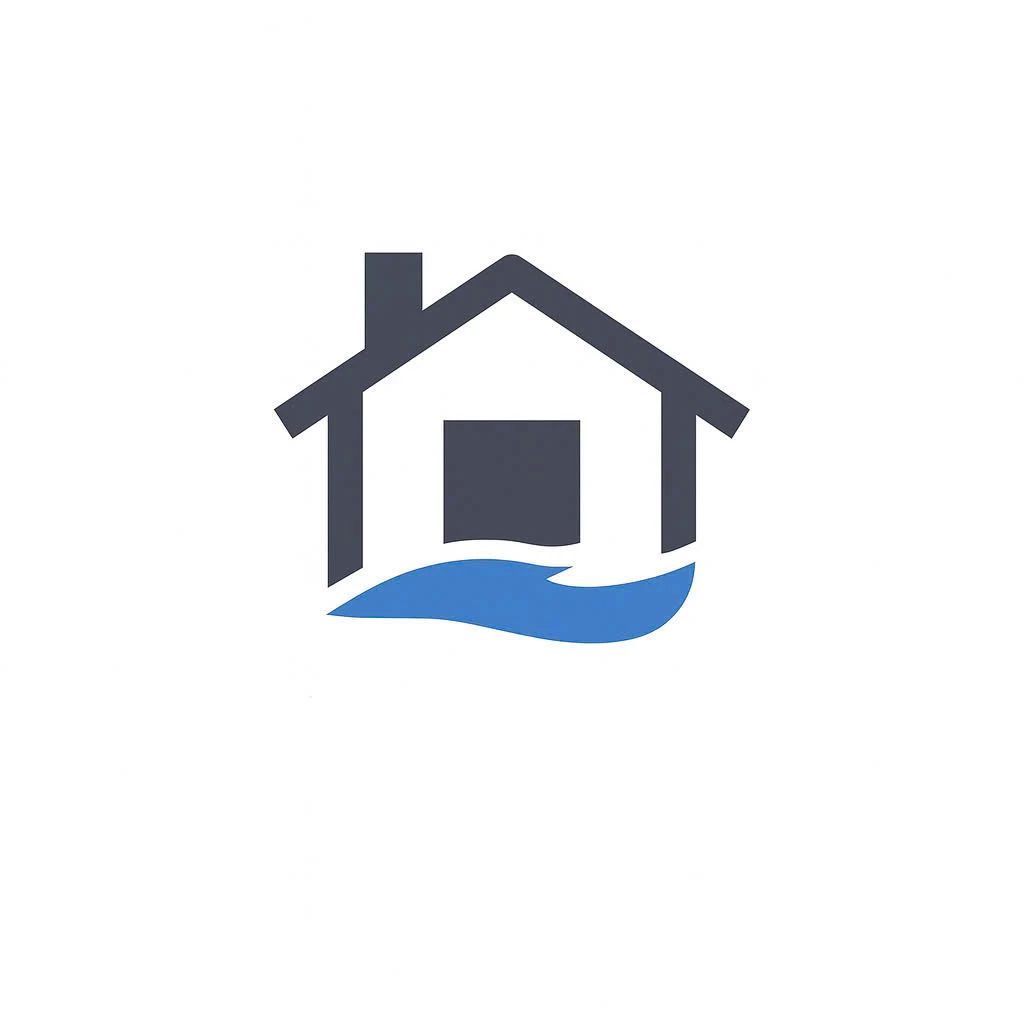“Flood Damage means destruction or loss caused by rising water from outside your home — such as heavy rain, overflowing rivers, broken dams, melting snow, or storm surges. Flooding is one of the most destructive types of property damage, and it often leaves behind far more problems than you can see. Water from floods doesn’t just stop at your floor — it seeps into walls, foundations, electrical systems, and personal belongings. If it’s not handled properly, it can cause mold, structural instability, and long-term health hazards.”

Intense rain that falls faster than the ground or drains can absorb it leads to flash flooding. Water pools around homes, seeps through doors, basements, and foundations, and can remain trapped for days, causing structural and mold damage.

Powerful storms push massive amounts of rain and wind-driven water inland. This combination causes storm surge and rising water levels, which can flood homes, vehicles, and entire neighborhoods — even miles from the coastline.

When rivers, creeks, or lakes rise above their banks, they overflow into nearby land and buildings. This “overbank flooding” can affect entire communities and usually contains mud, silt, and debris that contaminate properties.

Clogged storm drains, broken culverts, or overloaded municipal systems can force water back toward homes and streets, causing localized flooding even during moderate rain.

When snow or ice melts quickly — especially after a sudden warm spell or rainstorm — large amounts of runoff water flow downhill, flooding basements, yards, and low-lying areas.

Man-made structures like dams or levees can fail due to age, poor maintenance, or extreme pressure from storms. These failures release enormous amounts of water with little warning, devastating nearby properties.

If soil is already saturated or the property is built on a slope without proper drainage, even mild rain can cause flooding. Water naturally follows the lowest path — often straight into basements and crawl spaces.
Flood damage is one of the most devastating and deceptive types of property loss. While the visible water may recede quickly, the hidden destruction it leaves behind can threaten your home’s structure, air quality, and safety for months — even years — if not properly handled.
Floodwaters exert tremendous pressure on walls, foundations, and floors. Prolonged exposure can weaken support beams, rot wooden framing, and shift foundations. In some cases, the entire structure can become unsafe to occupy.
Unlike clean plumbing leaks, floodwater is often contaminated with sewage, chemicals, and bacteria. It carries pathogens that can infect surfaces, furniture, and HVAC systems. Even after drying, microscopic residue remains — posing long-term health risks to anyone living or working inside.
Water intrusion affects wiring, panels, and outlets hidden behind walls. Short circuits, shocks, and post-flood electrical fires are common if systems aren’t professionally inspected and replaced.
Within 24 to 48 hours, lingering moisture begins to spawn mold and mildew. These spores spread through air ducts and walls, contaminating the air and triggering allergies, asthma, and other respiratory issues.
Even when surfaces look dry, trapped moisture inside insulation, subfloors, or concrete can cause decay, corrosion, and odor that resurface months later. Flood damage is rarely just cosmetic — it’s structural and biological.
Many homeowners are shocked to learn that standard insurance policies don’t automatically cover flood damage. Even when coverage applies, insurers may classify water damage as “surface runoff” or “groundwater seepage” to limit payouts. Having a public adjuster ensures that your loss is correctly classified and fully compensated.
Insurance adjusters often perform brief inspections focused only on visible damage. They may overlook hidden structural issues, moisture behind walls, or long-term effects that develop after the initial event.
It’s common for insurers to reclassify losses to reduce coverage.Water damage might be labeled “maintenance-related.” Mold may be called “secondary damage.” Storm damage might be blamed on “wear and tear.” These redefinitions help them minimize or deny payouts.
Even when claims are approved, initial settlement checks are often far below the true repair cost. Insurers expect homeowners to accept the first offer without question — leaving many properties only partially restored.
Insurance companies may request repeated paperwork, send multiple adjusters, or drag out the process — hoping you’ll give up or settle for less.
Many policyholders are told their claim is “not covered” or their file is closed after a partial payment. What most homeowners don’t realize is that many of these claims can be reopened if new evidence or professional documentation is provided by a licensed public adjuster.
He evaluates visible and hidden flood damage throughout your property.
Photos, reports, and estimates that show the true cost of repair.
He determines exactly what coverage applies and where insurers may try to deny.
He handles communication with the insurer to secure the maximum payout.

© 2025 Copyright WhoisJK